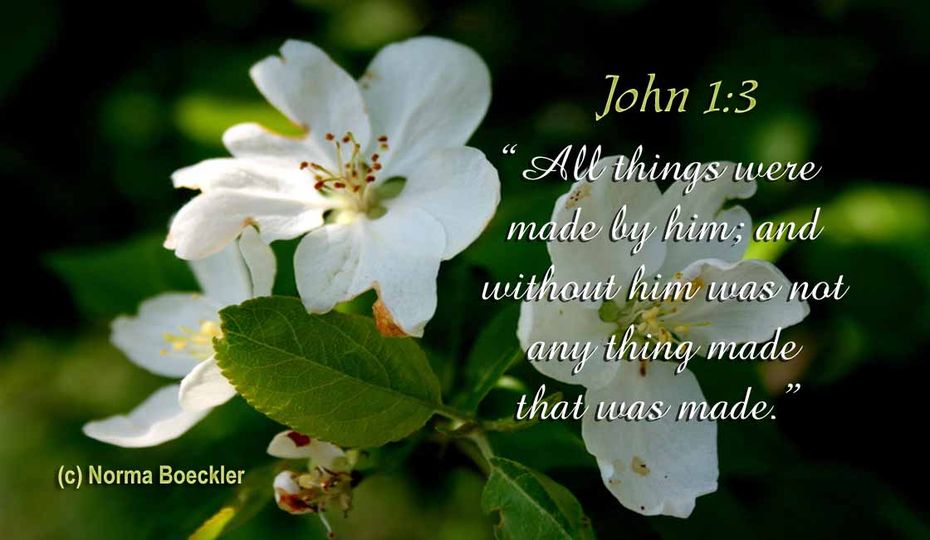September 11 is a somber day, remembered nationwide as a day of tragedy. But in New Oxford, two churches will celebrate as they recall how they have endured many ups and downs for two centuries.
First Lutheran Church and St. Paul’s UCC are both celebrating 200 years of worship.
First Lutheran will hold a celebration, with a Saturday afternoon barbeque for 100 registered members and guests and a 6 p.m. vesper service open to all.
At the Sunday 9:30 a.m. service, the Rev. Mark Vitalis Hoffman, Glatfelter Professor of Biblical Studies at United Lutheran Seminary, will be guest preacher for the anniversary.
 |
| The president of United Lutheran Seminary (ELCA) and his husband may have some insights about why seminary and congregational numbers are plummeting. |
An extensive collection of First Lutheran’s history will be on display in the main floor classroom both days. It includes the parish charter and cornerstone contents from the first building, photographs of pastors and members from bygone days.
That the two congregations celebrate the same birthday signals they were born together as a “union” church representing Lutherans, Reformed, and Presbyterian traditions.
As happened with most of the union churches, after some initial decades together, the denominational groups wanted their own congregations.
First Evangelical Lutheran, chartered in 1860, soon built a church on North Peter Street in New Oxford.
In 1934, the present facility at 200 Lincolnway East (U.S. Route 30) was constructed. A major renovation in 1993 included making the building accessible to handicapped people.
As current members recall more recent history, they hold special fondness for holiday celebrations and First Lutheran’s involvement in the local community.
Jeanette Martz, who said she has been a member for about 70 years, is serving as interim organist for worship services.
“Christmas Eve has always been big here,” she said.
The retired teacher said of her childhood in the parish, “The Sunday school teachers were the greatest, from whom I learned Bible stories.”
Serving on the anniversary committee, Tom and Danielle Garber shared their excitement for the upcoming events, with the theme “Honoring our Past, Celebrating our Future.”
Tom, who recalls First Lutheran from his childhood in the parish, took the lead in scouring the premises for historical artifacts. He found the long-forgotten cornerstone contents while rummaging through some boxes in a storage area.
Danielle, a member since the pair were married in 1976, recalls especially “our fellowship, our fun socials.” Some members continue to gather monthly for special events and outings.
Another longtime member and current church council member, Linda Buffenmyer, also points to the tightknit fellowship, which enables the congregation to sustain its mission even as membership has declined.
Reflecting on her more than 50 years as a member, Buffenmyer said, “Folks just came together, and we got it done.” The retired operating room trauma manager said of more recent history, “We have become more inclusive and aware of the need to reach out.”
Danielle Garber agrees.
“When there’s a need, the church stands up,” she said.
That spirit of reaching out beyond the members has a long history at First Lutheran.
The congregation shares offerings with the Evangelical Lutheran Church in America’s World Hunger program, serving the poor nationwide and around the world.
Support is also provided for the local fire company, United Lutheran Seminary’s food closet, and other service programs.
For years, the congregation has featured an annual Christmas giving tree that provides gifts to needy families through New Hope Ministries.
Backpacks for kids returning to school are filled with supplies and presented to children living in temporary housing provided by South Central Community Action Programs (SCCAP).
A SCCAP staff person told members who assemble the backpacks, “If it weren’t for your ministry, kids would start school with a few things thrown in a shopping bag.”
Retired elementary school teacher Betsy Gingrow is proud of the congregation’s “Laundry Love” monthly presence at a local laundromat. When members pick up the tab for local cash-strapped residents, “they are so appreciative,” Gingrow said.
Being right on the major thoroughfare in New Oxford, First Lutheran has been positioned well to welcome area residents and tourists during the borough’s annual Market on the Square events. The church makes its bathrooms available during the busy time when some are in desperate need.
Also shared beyond members, said John Stevens, a member since the mid-1980s, is the congregation’s outdoor pavilion. A local homeschool collective meets there on a regular basis to enjoy time in an outdoor environment.
 |
| The UCC is way ahead of ELCA in profaning the Nativity of Jesus Christ. But this is ELCA, Chicago. |
"We have to go back!" Where?
"Back to the Future!
A Shared Future?
Looking to the future, it appears First Lutheran may be returning to its roots in a shared ministry, but this time with another Lutheran congregation.
First Lutheran and St. John’s Lutheran of Littlestown are in preliminary conversations about becoming a “two-point parish” and sharing one full-time pastor.
Both congregations have experienced the trend common in historic churches in smaller communities, with a decline in membership and increasing costs.
By partnering, as do thousands of smaller congregations nationwide, the two congregations can continue to fulfill their missions.
In First Lutheran’s case, the vision for the future is in keeping with its 200 years of faithful history.











.jpg)








